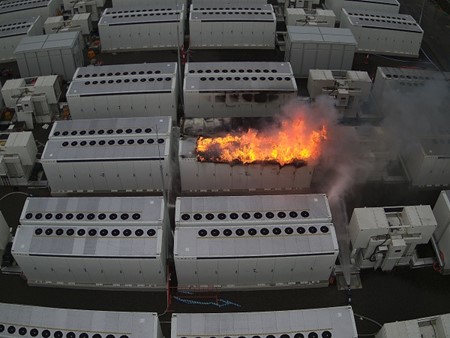
Australia’s two large lithium-ion storage batteries are getting attention for all the wrong reasons. Hornsdale Power Reserve, a 150-MW battery collocated with a wind farm in South Australia, is being charged in federal court with failing to deliver on promises to respond to grid demands, and of being technically unable to deliver under the terms it was being paid to meet.
The suit:The Australian Energy Regulator (AER) alleges that Hornsdale Power Reserve was not capable of providing contingency frequency control ancillary services in accordance with its service offers and the dispatch instructions it received from the Australian Energy Market Operator (AEMO). The case considers the four months between July and November 2019, when Hornsdale was being paid to push power to the grid during frequency disturbances—a service that AER says “allegedly it could not in fact provide.” The AER cites an incident in October 2019, when the nearby Queensland Kogan Creek coal-fired power station tripped, and Hornsdale was asked to provide grid backup, but did not provide the level of grid support requested.
“It is vital that generators do what they say they can do if we’re going to keep the lights on through the market’s transition to variable renewable generation,” said Clare Savage, chair of AER, in a press release. “AEMO relies on accurate information and compliance with offers and dispatch instructions to ensure it can effectively stabilize frequency deviations.”
Firm nuclear power has not been an option in Australia—the country that is currently the world’s third largest supplier of uranium and the only G20 country that has federally banned nuclear power. However, the recent announcement of Australia’s plans to build at least eight nuclear submarines using U.S. and U.K. technology have some seeing an opportunity to reopen discussions on deploying firm, flexible nuclear power on Australia’s power grid.
